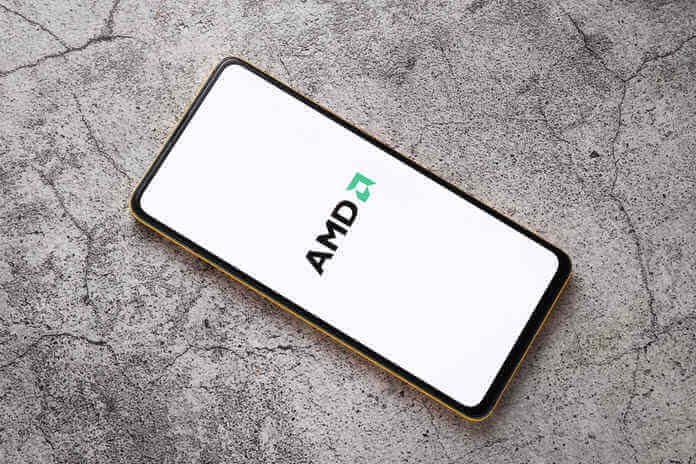Chip maker Advanced Micro Devices (NASDAQ:AMD) just announced its new line of CPU chips. The Ryzen 7000 series will boost several performance metrics by at least double-digit percentage points when compared to the Ryzen 5000 series of desktop processors.
Now that AMD just released such a promising line of new generation processors, the market is on the lookout for what Intel’s (NASDAQ:INTC) response to this move will be. The question of whether Intel can take on amd Ryzen 7000 will undoubtedly keep investors up at night.
An Overview of AMD’s New Chips
The Ryzen 7000 processors are expected to hit shelves by September 27, well ahead of the holiday shopping season. The price for the 6-core Ryzen 5 7600X will average $299, while the 16-core Ryzen 9 7950X will be priced at around $699. Moreover, the clock rates have been boosted by roughly 30% compared to similar processors in the Ryzen 5000 range.
According to AMD’s press release, the entry-level Ryzen 5 7600X beats Intel’s core i9-12900K, the company’s flagship gaming processor in several select PC games. Additionally, the best Ryzen 7000 processor outperforms the same intel processor in stress tests with ray-tracing graphics software by over 50% in content creation performance.
Obviously, these initial benchmarks come with scarce information regarding the test conditions and the specific performance metrics according to AMD. We can expect a more honest and less cherry-picked assessment of the Ryzen 7000 processor performance upgrade sometime in September when independent reviewers will subject the chips to more tests.
Ushering in the first wave of new processor architecture, the new Ryzen processors will also introduce a new motherboard platform by the name socket AM5. The system will be powered by the next generation of PCI Express Connectivity and will support faster and more memory. The premium versions of the platform will be available during the launch, while less powered versions come later in October.
Business as Usual
Although it’s great to see progress in the CPU market, this is not something unexpected. Each new iteration of processors usually improves upon predecessors in terms of performance, power consumption, and cost efficiency. There is no doubt that Intel’s upcoming Raptor Lake processors will have similar claims when comparing it to AMD’s latest chips and its current Alder Lake line. Both Intel and AMD can cherry-pick test results to make their products stand out due to the complex nature of processor performance.
In addition, Intel’s processors come in a large variety, from low-power mobile chips to power-hungry high-performance chips. The price range also varies significantly, starting from $97 for a low-end core-i3 to $739 for a high-end core-i9 12900KS. Therefore users with highly specific requirements are more likely to find their exact needs in Intel’s portfolio.
No Alarms and No Surprises
Intel’s update is scheduled for the second half of this year, but we all know that the upgrades will likely continue into the future, with AMD introducing a new range of high-performance chips again. As such, news of AMD’s new chips hasn’t been enough to elicit a reaction from the market. In fact, both companies’ shares dropped 2% after the announcement.
Perhaps what will be more interesting to see is how AMD ramps the manufacturing pipeline of these new products. Taiwan Semiconductor, AMD’s manufacturing partner, is already struggling to keep up with new orders now that it is already running at close to full capacity. Intel and TSMC are upgrading and expanding their production lines, but they are facing chip shortages for their machinery. For now, it appears that neither Intel or AMD are going to deliver game-changing production volumes, which is what investors should be focusing on instead of the technical details of the new chips.
Featured Image- Megapixl @Hisdx15















